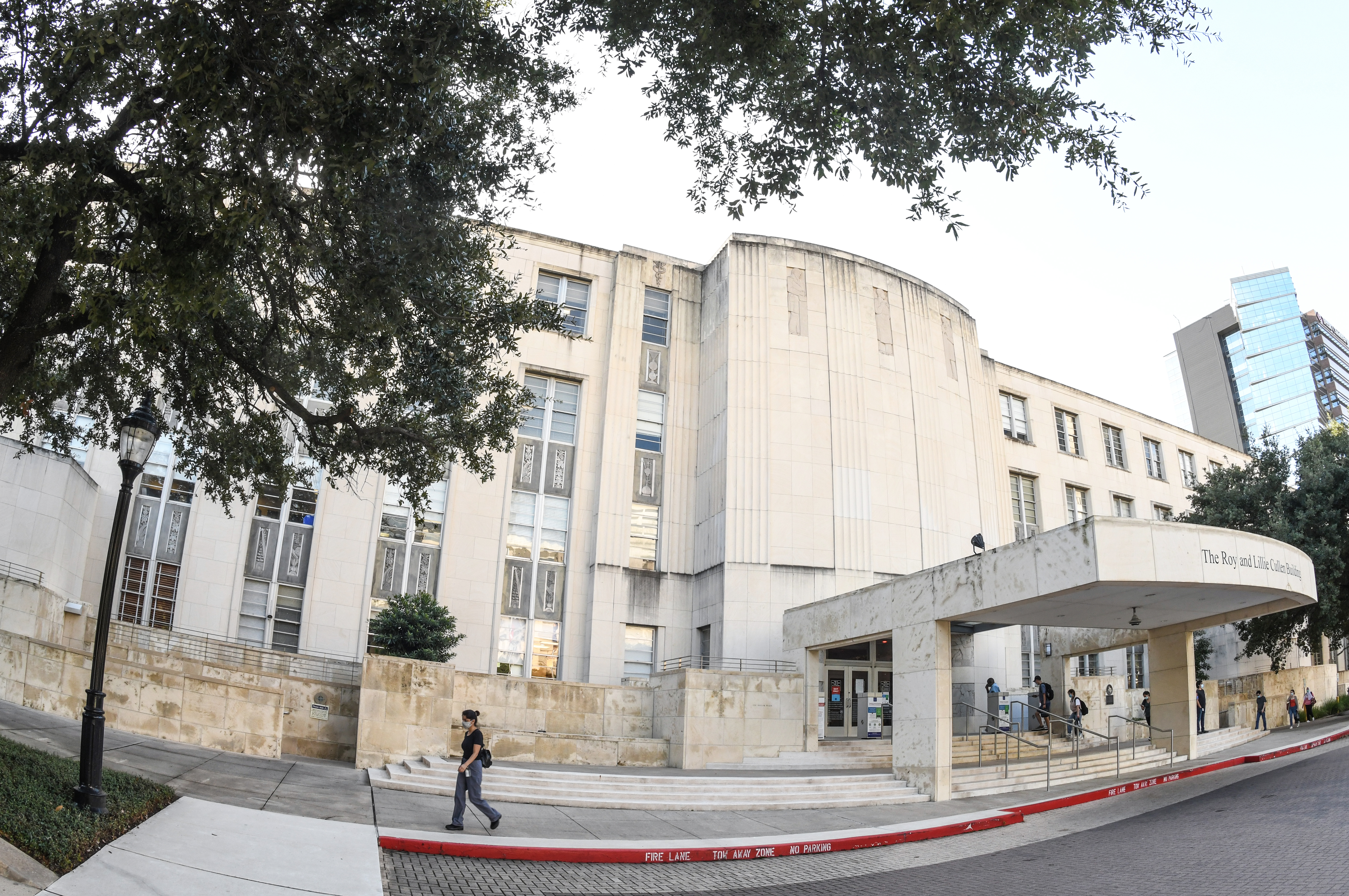The Morrison Government has published the economic modelling and analysis that supported the development of Australia’s Long Term Emissions Reduction Plan (the Plan) to achieve net zero emissions by 2050.
The report details the methods, assumptions and results from the economic modelling conducted by the Department of Industry, Science, Energy and Resources (DISER), along with supplementary analysis commissioned from McKinsey & Company (McKinsey) and DISER’s Office of the Chief Economist.
A bottom-up technology analysis assessed the pathways to achieving the stretch goals identified in the Technology Investment Roadmap, and specifically the timeframes in which they might be achieved.
Top-down economic modelling assessed the impact that these cost reductions, coupled with global technology trends and shifts in consumer preferences, could have on the Australian economy.
Minister for Industry, Energy and Emissions Reduction Angus Taylor said the modelling showed the Plan was the right one for Australia.
“The modelling shows that a clear focus on driving down technology costs will enable Australia to achieve net zero emissions by 2050 without putting industries, regions or jobs at risk,” Minister Taylor said.
“We’ve set out a credible pathway to net zero by 2050 while preserving our existing industries, establishing Australia as a leader in low emissions technologies and positioning our regions to prosper.
“It builds on our strong track record, with emissions already more than 20 per cent below 2005 levels. The Technology Investment Roadmap will reduce emissions by around 40 per cent, global technology trends will reduce emissions by 15 per cent, and high-integrity offsets will achieve at least a further 10 per cent reduction.
“It recognises the role future breakthroughs will play in closing the gap without taxes or mandates, with new and emerging technologies to reduce emissions by a further 15 per cent by 2050.
“The modelling shows that Australians will be nearly $2,000 better off on average in 2050 under our Plan, relative to no action, with more than 62,000 new regional mining and heavy industry jobs created by 2050.
“The Plan will be guided by five principles: technology not taxes; expand choices not mandates; drive down the cost of a range of new technologies; keep energy prices down with affordable and reliable power; and, be accountable for progress.
“It shows the alternative, blank-cheque approach, relying on mandates, penalties and taxes to achieve the same outcome, would require a carbon tax of between $80 and $400 per tonne, and the conversion of up to 10 per cent of productive agricultural land into vegetation to store carbon.”
As outlined in the Plan, the modelling relies on a voluntary incentive to support uptake of technologies as they approach commercial parity, with a targeted role for high integrity domestic and international offsets voluntarily purchased from our Indo-Pacific region. The modelling for the Plan does not rely on an economy-wrecking carbon price or tax, or conversion of productive farming land to provide carbon sequestration.
Under the Plan, action by the private sector to reduce emissions is supported by the Government through an Emissions Reduction Fund-style incentive or other enabling actions, including providing information to consumers or investments in enabling infrastructure. The modelled voluntary incentive rises to $24/t CO2-e by 2050, which is less than the price observed in voluntary markets today.
The modelling was conducted by DISER, using the GTEM model, with an experienced team of economists drawn from the Australian Bureau of Agricultural and Resource Economics and Sciences (ABARES), Treasury, the Productivity Commission, CSIRO, as well as from within DISER.
The full report is available on the Department of Industry, Science, Energy and Resources website on the Long Term Emissions Reduction Plan page.







